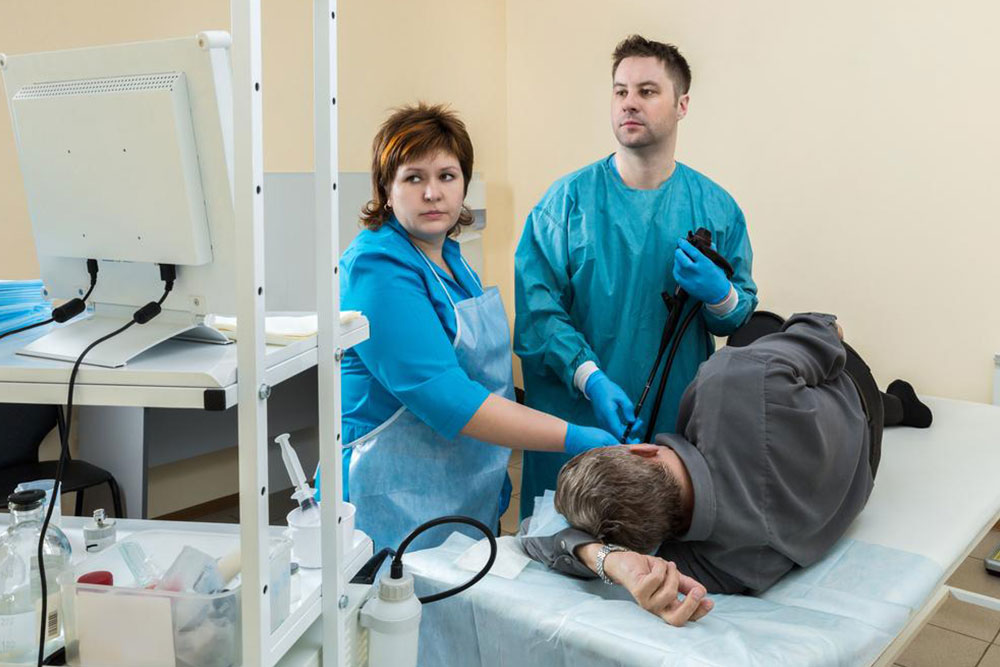The Ultimate Guide to Endoscopy: Procedures, Applications, and Benefits
Endoscopy is a vital minimally invasive procedure used for diagnosing and treating internal health issues, particularly within the digestive system. This comprehensive guide explores the procedures, applications, benefits, and technological advancements in endoscopy, highlighting its importance in modern healthcare. From detecting tumors and controlling bleeding to conducting biopsies, endoscopy provides accurate, real-time insights into internal organs, often in outpatient settings. Its expanding therapeutic capabilities continue to improve patient outcomes, making it an indispensable tool for physicians worldwide. Learn everything you need to know about this groundbreaking medical technique.

The Ultimate Guide to Endoscopy: Procedures, Applications, and Benefits
Endoscopy has revolutionized medical diagnostics and treatment by providing a minimally invasive way to examine the interior of the body. It involves the use of specialized instruments, primarily flexible tubes equipped with cameras and lights, allowing physicians to visualize internal organs with remarkable clarity without performing large incisions. This innovative technique has become an essential tool in modern medicine, especially for diagnosing and managing a wide range of health issues related to the digestive system and beyond. From detecting internal bleeding to identifying tumors, endoscopy offers a comprehensive approach to internal medicine that combines precision, safety, and efficiency.
Performing an endoscopy typically requires minimal preparation and can often be completed in an outpatient setting. The procedure not only assists in accurate diagnosis but also enables therapeutic interventions such as removing polyps, controlling bleeding, or performing biopsies for further analysis. Its versatility has made it a cornerstone in gastroenterology, ENT (ear, nose, throat), and even pulmonology, with ongoing advancements expanding its range of applications.
Precisely diagnosing internal health issues is crucial for effective treatment. Endoscopy plays a pivotal role in identifying various conditions, including:
Some common abnormalities detectable through endoscopy include:
Foreign objects lodged in the esophagus, stomach, or intestines, which pose potential risk if not promptly addressed.
Bleeding sources such as ulcers, tumors, or vascular anomalies that require intervention.
Polyps, cysts, or abnormal tissue growths within the stomach or other parts of the digestive tract.
Tissue samples collected during the procedure for biopsy, enabling histological examination for cancerous or benign conditions.
Reasons for undergoing an endoscopy: Healthcare providers recommend endoscopy to investigate symptoms that are difficult to diagnose through non-invasive methods. Such symptoms include persistent abdominal pain, unexplained weight loss, gastrointestinal bleeding, difficulty swallowing, or chronic nausea and vomiting. The procedure's minimally invasive nature makes it a preferable alternative to more invasive surgical diagnostic processes.
During the procedure, a flexible tube called an endoscope is gently inserted through the mouth for upper gastrointestinal examinations or through the rectum for lower digestive tract assessments. The endoscope's camera transmits real-time images to a monitor, allowing physicians to carefully examine the internal structures. If abnormal tissue is detected, a tiny instrument can be passed through the endoscope to collect tissue samples for biopsy. These samples are then sent to pathology labs for further analysis, which assists in establishing a definitive diagnosis.
Preparation before an endoscopy generally involves fasting for a minimum of 12 hours to ensure an empty stomach, which enhances visibility and reduces the risk of aspiration. Some patients may need to use laxatives or enemas to cleanse the bowel, especially for lower gastrointestinal endoscopies. Prior to the procedure, disclosure of medical history, current medications, allergies, and previous surgical procedures is essential for ensuring safety. Pre-procedure tests such as blood work are often performed to assess clotting ability and overall health status, helping to avoid potential complications.
As technology advances, endoscopies are becoming more sophisticated, with high-definition imaging, narrow-band imaging, and even 3D visualization, enabling more accurate diagnoses. Therapeutic endoscopy has also expanded, allowing physicians to not only diagnose but treat issues during a single session. These treatments include removing tumors, stopping bleeding, dilating strictures, and installing stents. The ongoing development of flexible, miniaturized instruments promises even greater capabilities, making endoscopy an indispensable tool in contemporary healthcare.
In conclusion, endoscopy is a minimally invasive, versatile, and essential procedure that significantly enhances the ability of clinicians to diagnose and treat internal health problems effectively. Its safety, precision, and scope of applications continue to grow, providing patients with less invasive options and improving overall healthcare outcomes. Whether for diagnosing gastrointestinal issues, removing polyps, or conducting biopsies, endoscopy remains a cornerstone of modern medical practice, offering insights that were once only possible through surgical procedures.





